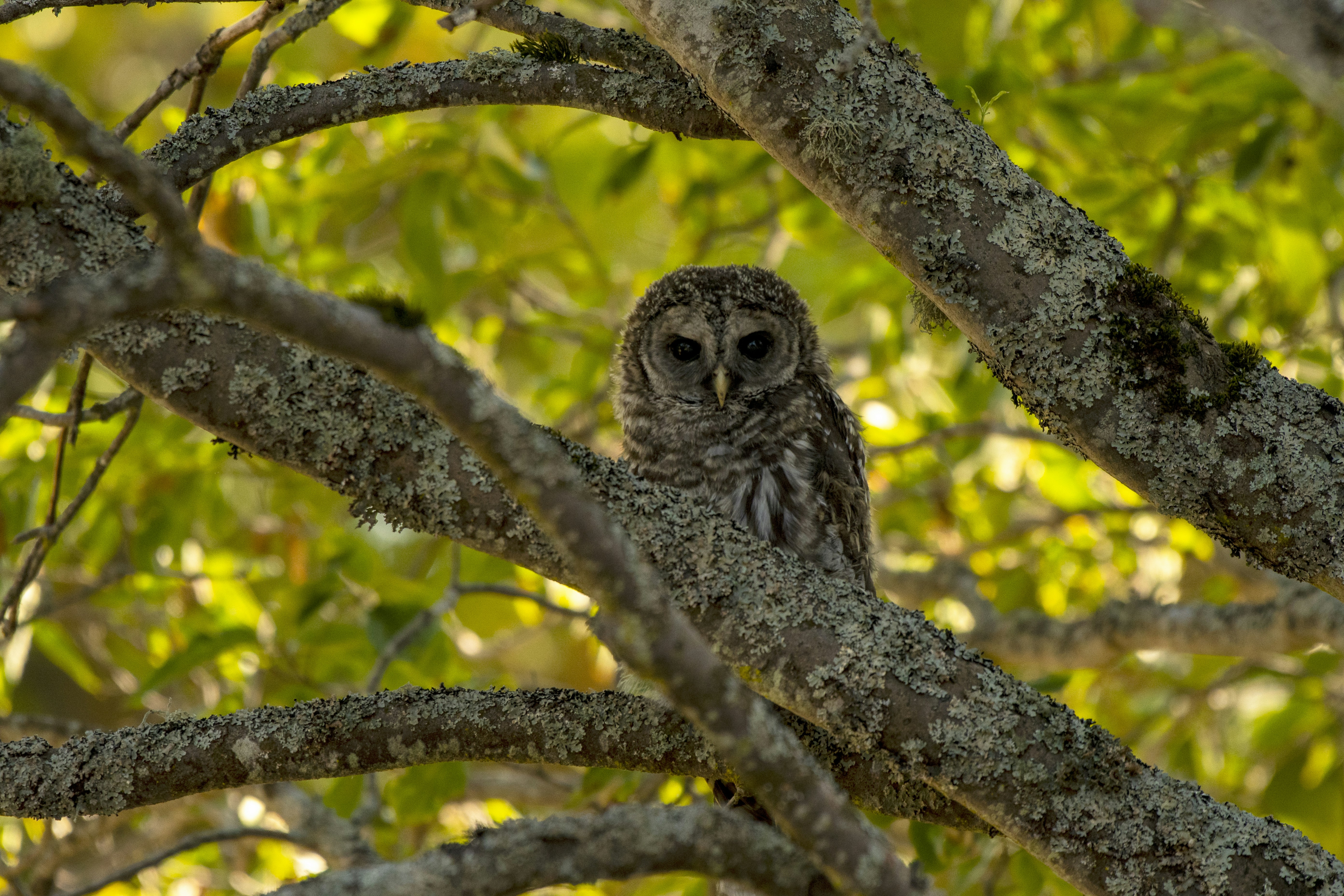A Taste of Canada: Must-Try Dishes From Each Province

Canada's culinary landscape is as vast and diverse as its geography. From coast to coast, each province and territory offers distinctive flavors influenced by indigenous traditions, immigrant cultures, and locally available ingredients. Join us on a cross-country food tour as we explore the iconic dishes that define Canadian cuisine.
Quebec: More Than Just Poutine
While poutine (french fries topped with cheese curds and gravy) may be Quebec's most famous culinary export, the province's food scene runs much deeper, reflecting its rich French heritage and innovative culinary spirit.
Must-try dishes:
- Tourtière: A savory meat pie traditionally served during the holidays, filled with spiced ground pork, veal, or beef.
- Maple Taffy (Tire sur la neige): Hot maple syrup poured over snow and rolled onto a stick, creating a chewy maple candy.
- Montreal-Style Bagels: Smaller, sweeter, and denser than their New York counterparts, these bagels are hand-rolled, boiled in honey-sweetened water, and baked in a wood-fired oven.
- Montreal Smoked Meat: A type of kosher-style deli meat made by salting and curing beef brisket with spices, then smoking it and steaming it to perfection.
Where to eat: In Montreal, visit Schwartz's Deli for authentic smoked meat, St-Viateur or Fairmount for bagels, and Au Pied de Cochon for an innovative take on traditional Québécois cuisine.
Culinary Tip
Quebec's sugar shacks (cabanes à sucre) offer a unique seasonal dining experience during maple syrup season (February to April). These rustic restaurants serve traditional meals featuring maple syrup in nearly every dish, often accompanied by folk music and outdoor activities.
Ontario: Multicultural Flavors
As Canada's most populous province and home to its most diverse city, Toronto, Ontario's food scene reflects influences from around the world while still maintaining some distinctly Canadian specialties.
Must-try dishes:
- Peameal Bacon Sandwich: A Toronto classic featuring Canadian back bacon that's been rolled in cornmeal, sliced thick, and served on a kaiser roll.
- Butter Tarts: A quintessentially Canadian dessert consisting of a flaky pastry shell filled with a butter, sugar, and egg mixture that's baked until semi-solid.
- BeaverTail: While originating in Ottawa, these fried dough pastries stretched to resemble a beaver's tail and topped with various sweet toppings can be found throughout Ontario.
- Persian: A Thunder Bay specialty, this is a cinnamon bun-like pastry topped with pink berry icing.
Where to eat: Visit St. Lawrence Market in Toronto for the famous peameal bacon sandwich at Carousel Bakery, and explore neighborhoods like Kensington Market, Little Italy, Chinatown, and Little India for diverse international cuisines.
British Columbia: Pacific Bounty

With its access to the Pacific Ocean, fertile valleys, and diverse immigrant populations, British Columbia offers some of Canada's most exciting cuisine, with a focus on fresh seafood and farm-to-table dining.
Must-try dishes:
- Pacific Salmon: Available in five varieties (Chinook, Coho, Sockeye, Pink, and Chum), BC salmon is celebrated for its rich flavor and is prepared in countless ways, from grilled to smoked.
- Spot Prawns: These sustainable, wild-caught prawns have a sweet, delicate flavor and are a seasonal delicacy, typically available from May to June.
- Nanaimo Bars: Named after the city of Nanaimo on Vancouver Island, this no-bake dessert features a chocolate graham cracker base, custard-flavored butter icing middle, and chocolate top layer.
- BC Wine and Craft Beer: The Okanagan Valley produces award-winning wines, while Vancouver has become a hub for innovative craft breweries.
Where to eat: Visit Granville Island Public Market in Vancouver for fresh seafood, explore Richmond for authentic Asian cuisine, and take a trip to the Okanagan Valley for wine tasting paired with farm-to-table meals.
Alberta: Prime Beef Country
With its vast rangelands, Alberta is synonymous with high-quality beef, but the province's culinary offerings extend well beyond steak.
Must-try dishes:
- Alberta Beef: Whether it's a perfectly grilled steak, prime rib, or beef tartare, Alberta's grass-fed, grain-finished beef is renowned for its flavor and tenderness.
- Bison: Leaner than beef but rich in flavor, bison is prepared in various ways, from burgers to stews.
- Saskatoon Berry Pie: This deep purple berry, native to the Canadian prairies, creates delicious pies, jams, and syrups.
- Ginger Beef: A dish created in Calgary, featuring crispy beef strips in a sweet and spicy sauce, it represents the adaptation of Chinese cuisine to Canadian tastes.
Where to eat: In Calgary, try Modern Steak or Charcut for outstanding Alberta beef, and Silver Inn Restaurant for the original ginger beef. In Edmonton, visit RGE RD for farm-to-table cuisine featuring local ingredients.
Nova Scotia: Seafood Paradise
With its extensive coastline, Nova Scotia offers some of Canada's finest seafood, prepared with techniques developed over generations of fishing tradition.
Must-try dishes:
- Lobster: Nova Scotia lobster is celebrated worldwide for its sweet, tender meat. Try it in a traditional lobster roll or steamed with butter.
- Digby Scallops: Known for their size and sweetness, these scallops from the Bay of Fundy are typically pan-seared to perfection.
- Hodge Podge: A summer vegetable stew made with fresh new potatoes, carrots, peas, and green beans cooked in cream.
- Blueberry Grunt: A traditional dessert where blueberries are stewed with a sweet dumpling topping.
Where to eat: Hall's Harbour Lobster Pound offers lobster with ocean views, The Press Gang in Halifax serves upscale seafood in a historic setting, and fishing villages like Lunenburg offer authentic maritime cuisine.
Seafood Seasons
When visiting Atlantic Canada, check local seafood seasons for the freshest catch. Lobster seasons vary by region, with some areas harvesting in spring/summer and others in fall/winter, ensuring fresh lobster is available year-round.
Manitoba: Prairie Comfort Food
Manitoba's cuisine reflects its agricultural heritage and diverse immigrant influences, resulting in hearty, comforting dishes that warm body and soul during the province's cold winters.
Must-try dishes:
- Pickerel (Walleye): This freshwater fish from Manitoba's numerous lakes is typically pan-fried and has a delicate, sweet flavor.
- Winnipeg-Style Rye Bread: Darker and denser than other rye breads, with a distinctive flavor that locals crave.
- Perogy (Pierogi): Reflecting the province's Ukrainian heritage, these dumplings are typically filled with potato, cheese, and onion, then topped with fried onions and sour cream.
- Honey Dill Sauce: A uniquely Manitoban condiment made from honey, mayonnaise, and dill, typically served with chicken fingers.
Where to eat: In Winnipeg, visit Tallest Poppy for comfort food, Clementine for brunch, and 529 Wellington for pickerel and other local specialties.
Saskatchewan: The Breadbasket
As Canada's largest producer of grains and pulses, Saskatchewan's food reflects its agricultural bounty and the diverse cultural influences of its settlers.
Must-try dishes:
- Saskatoon Berry Pie: While shared with Alberta, Saskatoon berries are a particular point of pride in Saskatchewan.
- Lentil Dishes: As the world's largest exporter of lentils, innovative dishes featuring this protein-packed pulse can be found throughout the province.
- Perogies and Cabbage Rolls: Reflecting the province's Ukrainian heritage, these comfort foods are staples at family gatherings and restaurants.
- Wild Rice: Harvested from northern lakes, Saskatchewan wild rice has a nutty flavor and chewy texture that distinguishes it from cultivated varieties.
Where to eat: In Saskatoon, try The Hollows for innovative farm-to-table cuisine and The Berry Barn for Saskatoon berry-focused dishes. In Regina, visit Bushwakker Brewpub for local beer and comfort food.
Newfoundland and Labrador: Traditional Maritime Fare

Newfoundland cuisine is characterized by simple, hearty dishes that make use of local seafood, game, and preserved ingredients—a reflection of the province's history of isolation and self-sufficiency.
Must-try dishes:
- Jiggs Dinner: A traditional Sunday meal consisting of salt beef, cabbage, potatoes, carrots, turnips, and pease pudding, all boiled together.
- Cod Tongues: A delicacy made from a gelatinous part of the cod's throat and jaw, typically breaded and fried.
- Toutons: Fried bread dough, typically served for breakfast with molasses or corn syrup.
- Screech: A strong Jamaican rum that became part of Newfoundland tradition, often used in a "screech-in" ceremony to make visitors honorary Newfoundlanders.
- Partridgeberry (Lingonberry) Tart: A sweet-tart dessert made with these red berries that grow wild on the island.
Where to eat: In St. John's, visit Mallard Cottage for contemporary Newfoundland cuisine, The Merchant Tavern for seafood, and Raymond's for an upscale take on local ingredients.
Prince Edward Island: The Garden Province
PEI's cuisine is defined by its agricultural bounty, particularly its famous potatoes, as well as its access to fresh seafood from the surrounding Gulf of St. Lawrence.
Must-try dishes:
- PEI Mussels: Cultivated in the nutrient-rich waters surrounding the island, these blue mussels are known for their sweet, tender meat.
- Malpeque Oysters: Renowned worldwide for their balanced flavor, these oysters are best enjoyed fresh with just a squeeze of lemon.
- PEI Potatoes: The island's iron-rich soil produces potatoes with exceptional flavor, featured in many local dishes.
- Lobster Supper: A PEI tradition featuring lobster served with all the fixings, including potato salad, rolls, and dessert.
Where to eat: New Glasgow Lobster Suppers for a traditional lobster meal, Blue Mussel Café in North Rustico for fresh seafood, and The Chip Shack in Charlottetown for potato-focused dishes.
New Brunswick: A Blend of Cultures
New Brunswick's cuisine reflects its unique position as Canada's only officially bilingual province, with influences from Acadian, Maritime, and Québécois traditions.
Must-try dishes:
- Poutine Râpée: Not to be confused with Quebec's poutine, this is an Acadian dish consisting of a potato dumpling with a pork filling, traditionally served on Christmas Eve.
- Fiddleheads: The curled fronds of young ferns harvested in early spring, typically steamed and served with butter.
- Dulse: A type of seaweed harvested from the Bay of Fundy, dried and eaten as a salty snack or used to flavor dishes.
- Chicken Fricot: An Acadian chicken and potato soup seasoned with summer savory, the province's signature herb.
Where to eat: In Saint John, visit Saint John Ale House for seafood and craft beer. In Moncton, try Les Brumes du Coude for Acadian-inspired cuisine.
The Territories: Northern Delicacies
Yukon, Northwest Territories, and Nunavut offer unique cuisines that draw heavily on indigenous traditions and locally available game, fish, and foraged ingredients.
Must-try dishes:
- Arctic Char: A cold-water fish related to salmon and trout, with a flavor between the two, often served grilled or smoked.
- Bannock: A quick bread introduced by Scottish fur traders and adapted by Indigenous peoples, now a staple food prepared in various ways.
- Game Meats: Depending on the region, caribou, muskox, bison, and moose feature prominently in northern cuisine.
- Muktuk: Traditionally eaten by Inuit people, this is whale skin and blubber, usually from bowhead or beluga whales.
- Wild Berries: Cloudberries, crowberries, and wild cranberries are harvested during the brief northern summer and used in desserts, jams, and sauces.
Where to eat: In Whitehorse, visit Klondike Rib & Salmon for northern specialties. In Yellowknife, try Bullocks Bistro for fresh-caught fish from Great Slave Lake. In Iqaluit, The Snack serves traditional and contemporary Inuit foods when available.
Respecting Indigenous Food Traditions
Many traditional Indigenous foods are seeing a revival as part of cultural reclamation efforts. When trying these dishes, take time to learn about their cultural significance and the sustainable harvesting practices that have been developed over thousands of years.
Canadian Food Festivals Worth Traveling For
- PEI International Shellfish Festival (September): Celebrates the island's mussels, oysters, and lobsters with cooking competitions and tastings.
- Montreal En Lumière (February-March): Features Quebec cuisine alongside international chefs and cultural events.
- Niagara Icewine Festival (January): Showcases Ontario's specialty dessert wine made from grapes harvested while frozen on the vine.
- Halifax Seaport Beerfest (August): The largest beer festival in Atlantic Canada, featuring local craft brews and food pairings.
- Taste of Edmonton (July): Alberta's largest food festival, showcasing regional specialties and innovative cuisine.
From coast to coast to coast, Canadian cuisine reflects the country's diverse landscapes, cultural influences, and innovative spirit. While poutine and maple syrup may be the most internationally recognized Canadian foods, the country's culinary identity runs much deeper, with each region offering distinctive flavors and dining experiences worth exploring.
So on your next Canadian adventure, be sure to venture beyond the familiar and sample the local specialties—each bite tells a story of place, tradition, and the evolution of Canadian food culture.


